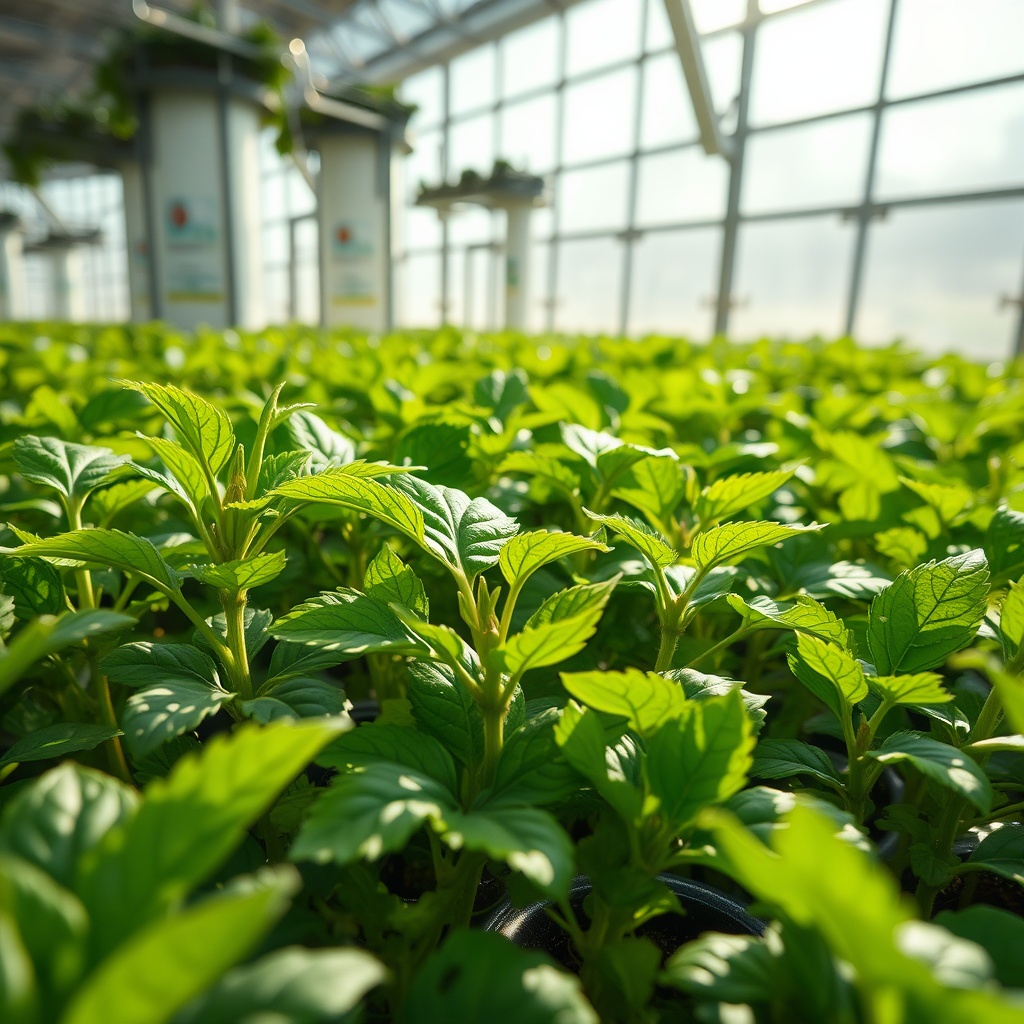Revitalizing Roots: The Art of Hydroponic Grafting

In the dynamic world of modern agriculture, hydroponics has emerged as a beacon of innovation, presenting sustainable solutions to traditional farming challenges. One of the most promising techniques within this realm is hydroponic grafting, a method that not only enhances plant resilience but also paves the way for greater yields and healthier crops. By fusing the strengths of different plant varieties, grafting allows growers to create hybrid plants that can better withstand environmental stresses.
Understanding the Benefits: Why Graft?

Grafting is more than just a horticultural technique; it’s a transformative practice that fosters adaptability in plants. By combining rootstocks and scions, gardeners can unlock a plethora of benefits. The process empowers plants to resist diseases, tolerate harsh climatic conditions, and even enhance nutrient uptake. This resilience ensures a robust growth cycle and the potential for a bountiful harvest.
Below, we outline the key advantages of hydroponic grafting:
- Disease Resistance: Grafting onto disease-resistant rootstocks can protect plants from pathogens.
- Improved Nutrient Uptake: Certain rootstocks can enhance absorption of essential nutrients.
- Increased Yield: Hybrid plants often produce more fruit or foliage than their non-grafted counterparts.
- Adaptability: Grafted plants can thrive in varied environmental conditions, reducing the risk of crop failure.
- Faster Growth: Grafting can lead to earlier harvest times due to accelerated growth rates.
Getting Started: Mastering the Grafting Process
To embark on the journey of hydroponic grafting, one must first understand the essential steps involved. This technique requires precision, patience, and a bit of practice. Here’s a simple guide to help you get started:
- Choose Compatible Varieties: Select healthy rootstocks and scions that are compatible.
- Prepare the Plant: Trim the scion at a 45-degree angle and make a matching cut on the rootstock.
- Join the Two: Align the cambium layers of both pieces and secure them together using grafting tape.
- Maintain Humidity: Place the grafted plant in a humid environment to encourage healing.
- Monitor Growth: Keep an eye on the graft site for signs of successful union and healthy growth.
As you delve into hydroponic grafting, remember that the beauty of this technique lies not just in its scientific foundation, but also in its ability to inspire resilience and creativity in our agricultural practices. By embracing these innovative methods, you can contribute to a more sustainable future for food production.




